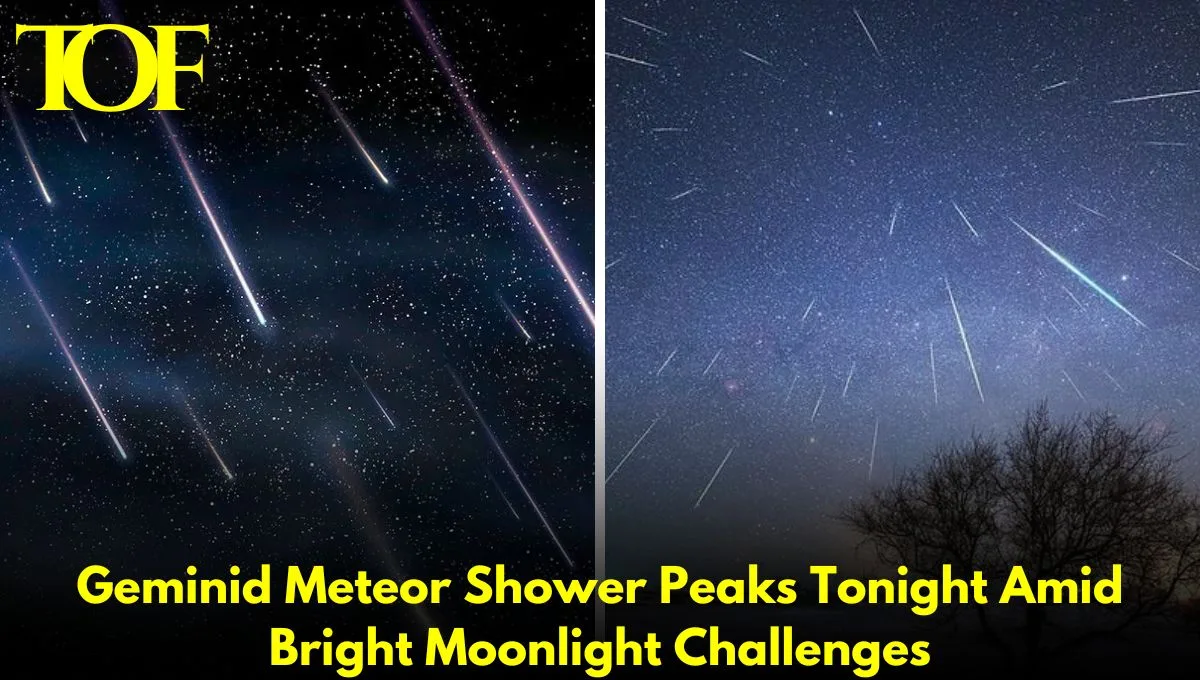One of the brightest celestial events of the year has finally arrived tonight, 13 December: the long-awaited Geminid meteor shower. Famous for its colorfully bright meteors, the meteor shower happens when Earth crosses the remnants left behind by the asteroid 3200 Phaethon.
The Geminids can yield as many as 120 meteors per hour in ideal conditions. Still, this year with the moon approaching full, a lot of those fainter meteors will be hidden by it so the number of brighter ones is guaranteed to be smaller.
Still, the sky watchers will have an excellent night, because plenty of the brighter meteors and at times even fireballs, will push through the moonlight.
Viewing Tips
For the best view, look toward Gemini, but do not stare too long in that direction. Meteors will blaze across much of the sky, but longer and more frequent trails will appear away from the radiant point. The best view will be around 2 a.m. local time when the Gemini constellation is highest.
No special equipment is required; just find a dark spot, dress warmly, and bring a blanket or hot drink to enjoy the show. For those unable to watch in person, the Virtual Telescope Project will host a live stream starting at 6:00 p.m. EST (2300 GMT), weather permitting.
A Unique Origin
Unlike most meteor showers, this one comes from a rocky asteroid called 3200 Phaethon. Scientists believe this asteroid had a catastrophic break-up 1,800 years ago due to its intense solar heat or rotational stress.
The colors of Geminids range from yellow and green to blue; these are due to the distinctive composition of the asteroid debris. This is one truly extraordinary display of how our solar system is dynamic, with fleeting beauty in cosmic phenomena.
Don’t miss the chance to witness this annual celestial spectacle. Even if tonight’s conditions aren’t ideal, the Geminids remain active through December 21, offering more opportunities to catch a glimpse of these shooting stars.
To Read More: Technology

